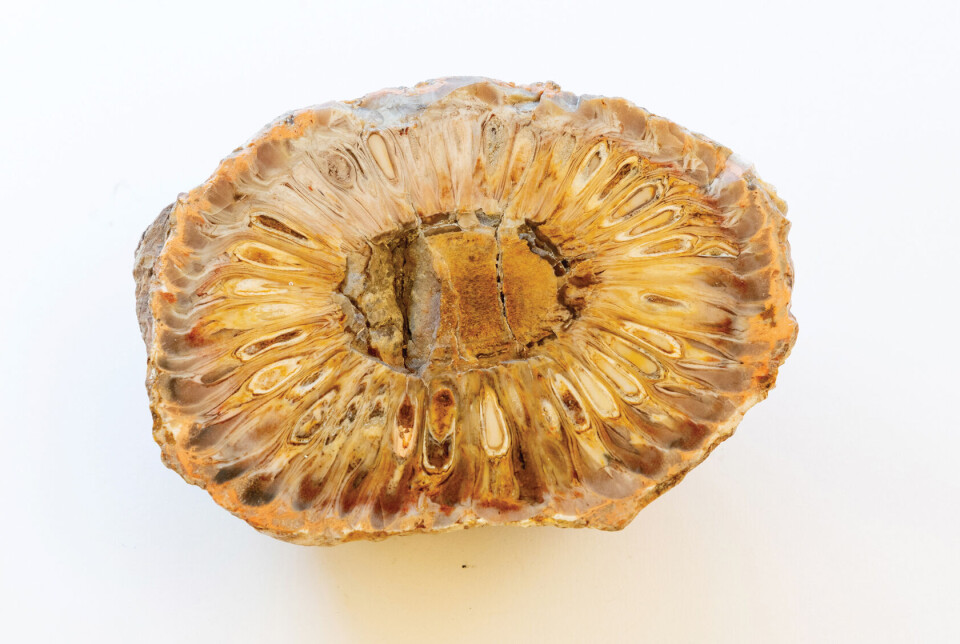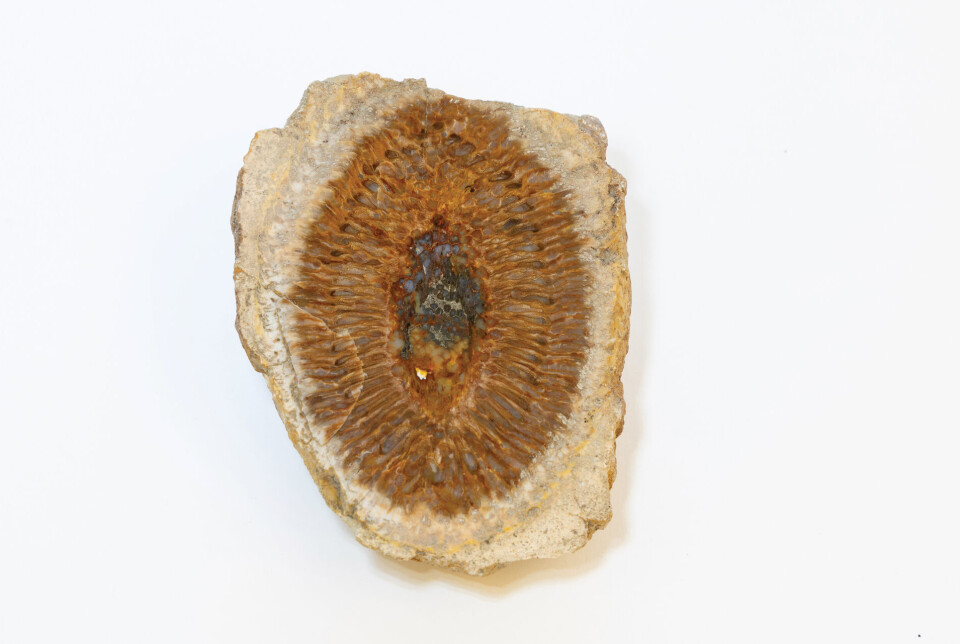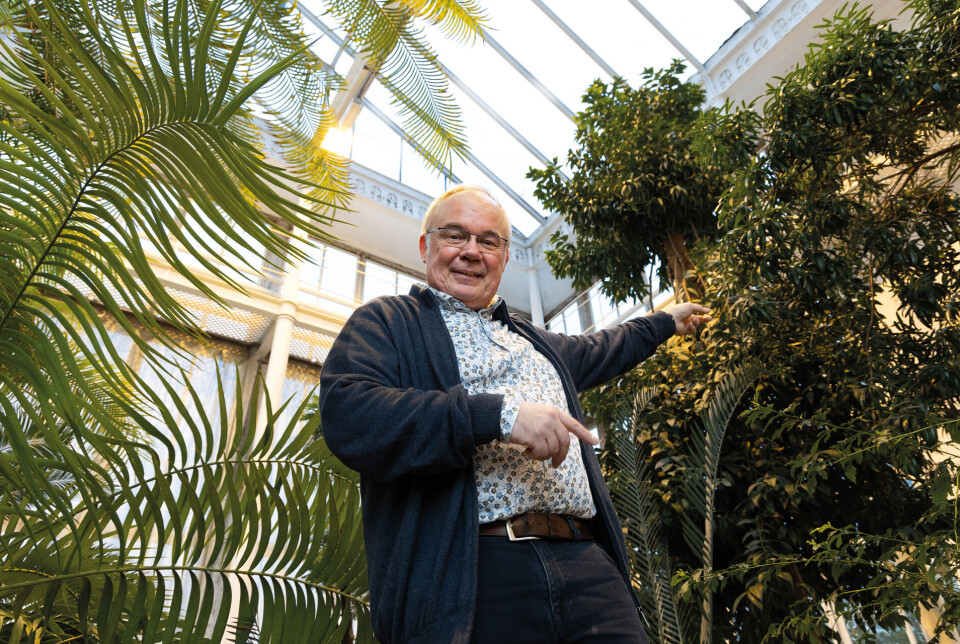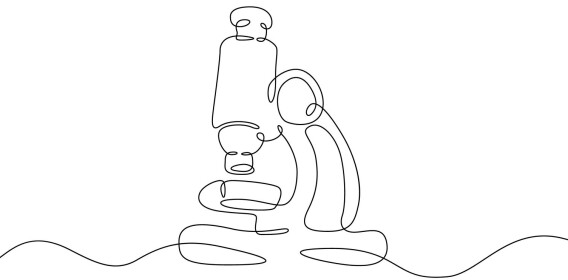Ancient plant fossils reveal seeds and pollen from the age of dinosaurs
Fossils hidden in an attic for a century offer a rare glimpse into the reproductive biology of trees that lived alongside dinosaurs.

At the beginning of the 1900s, some exceptionally beautiful plant fossils were placed in a box in the attic of what is now known as Lids hus, named after the Norwegian botanist Johannes Lid, which at that time was the Botanical Museum in Tøyen. There, the fossils lay hidden for a hundred years and were even labelled as the wrong species, before they were accidentally discovered during a larger cleaning effort this past winter.
When the fossils were found, it caused euphoric excitement.
“You only experience this once in a lifetime. The anatomical details in the very well-preserved fossils make them exciting and unique in a European context. It was a great surprise for me that these existed in the collections at the Natural History Museum at University of Oslo. The find is spectacular and can be compared to finding dinosaur eggs with the embryo still preserved,” says Wolfram Kürschner.

He is a professor at both the University of Oslo's Department of Geosciences and the Norwegian Centre for Paleontology at the Natural History Museum.
Kürschner believes the comparison with dinosaur eggs is quite appropriate.
“The seeds in the cones are an early stage of the embryos of the next generation,” he says.
Monkey puzzle tree family
The cones grew on the coniferous tree Araucaria mirabilis, a member of the family commonly known as the monkey puzzle tree.
While the animal life has changed tremendously since the time when dinosaurs roamed the Earth, there are still relatives of this tree present on Earth today.
“It's quite significant to think about,” says Kürschner.
The monkey puzzle genus grows today in the Southern Hemisphere. These trees have both female and male cones.
The female cone bears the seed, the embryos of the trees. They contain seeds. The male cones produce pollen.
- Other content from the research magazine Apollon: Polar clouds create wrinkle in the climate models
“Two of the fossils are from a female cone and a male cone. The seeds in the cones show an early stage of the embryos of the next generation,” Kürschner says excitedly.
In other words, the fossils provide a picture of what the cones and seeds of the monkey puzzle genus looked like 80 to 100 million years ago.
“They are of particular interest because we can study and compare them with living relatives. Araucaria is actually a ‘living fossil,’ a plant species that has not changed a lot over millions of years. This is an example of how evolution can come to a standstill,” explains Kürschner.
The professor obtained his doctorate in paleobotany and palynology. Paleobotany is the science of ancient plants. Palynology is the study of plant pollen, both in living form and in fossils.
Kürschner has previously been a professor for 20 years at the intersection of geology and biology at the University of Utrecht in the Netherlands.
Usually dark and ugly
Kürschner explains that the vast majority of plant fossils are flat, black, and often appear unattractive, especially in comparison to marine fossils like a nice ammonite or trilobite.
“In these cases, most of the anatomical information is not preserved,” he says.
The explanation is simple. When plants end up in mud, they get compressed. The greater the pressure, the warmer it becomes. Then the formerly green-coloured plant tissue turns black.
By contrast, the two rediscovered plant fossils are extremely well preserved.
“Here we can study the internal anatomical details and understand their function, such as the plants reproduction cycle,” he says.
Mineralised in volcanic water
The explanation for how the cones became such beautiful fossils is that they fell into water near volcanic activity. Hot water was rising from the ground here. The water contained dissolved minerals. One of the important minerals was dissolved silicon dioxide, commonly referred to as silica.
The warm, mineral-rich water penetrated the cones and cooled down, and minerals started to grow. Both the pores and the cavities in the cones were filled with silica minerals. Or to put it another way:
“The entire plant tissue was impregnated with the minerals. It's amazing to think about. Geologists call this fossilisation process permineralisation,” says Kürschner.

“Thanks to permineralisation, the anatomical internal structures were preserved with many details. You can see these structures because the fossils were once cut in half. After that, the surface was polished,” he says.
Today, palaeobotanists can handle this in a much gentler way. Thanks to CT scanning, it is no longer necessary to physically split fossils in two to study what they look like inside.
“Where were the fossils found?”
“The origin is unknown, but they were likely collected from the fossilised forest Cerro El Cuadrado in Patagonia, Argentina,” says Kürschner.
Most viewed
In the box in the attic, a number of other well preserved plant fossils were also found.
“Some of these fossils are likely wood, perhaps from the monkey puzzle genus. But this needs further studies,” he says.
However, it's not even certain that all the plant fossils in this box are from Argentina.
“Although the plant fossils were in the same box in the herbarium collection, they don't have to come from the same place or from the same geological era. The fossils may have been collected by someone interested in the exceptionally fine preservation of ancient plants,” he says.
Correcting errors after 100 years
The two cone fossils may have been given to the then-curator of the Botanical Garden and Botanical Museum, Professor Jens Holmboe.
When the plant fossils were placed in boxes at the Botanical Museum, it was claimed that the fossils were from a prehistoric plant called Bennettitales.
“That is incorrect,” he says.
Bennettitales were an enigmatic group of extinct seed plants that were very common during the Mesozoic era. They had very characteristic flower-like structures.
“They disappeared around one hundred million years ago, for reasons we do not fully understand. Perhaps because they were outcompeted by another, more successful plant group, the flowering plants (angiosperms). However, even though our fossils are only from conifers, they are no less exciting for that reason,” he says.
The article was first published in the research magazine Apollon. Read the original here.

Subscribe to our newsletter
The latest news from Science Norway, sent twice a week and completely free.



































